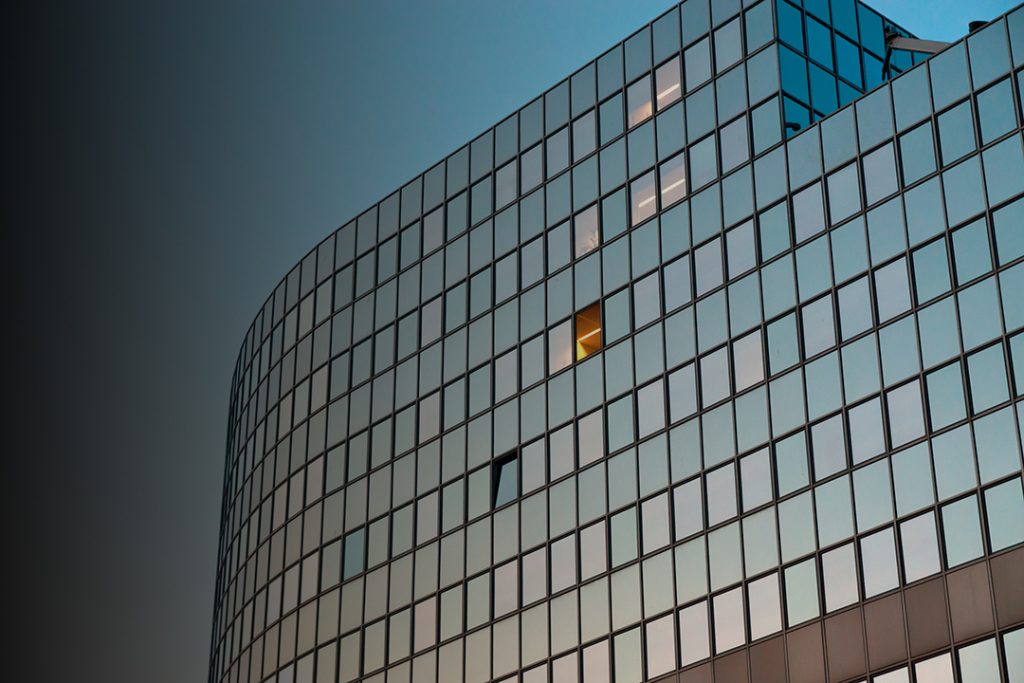Architects
Vacuum insulated glazing is reshaping architectural possibilities. PassivGlas™ offers a next-generation solution for architects who want to meet demanding energy and aesthetic standards, while enhancing the integrity of their designs.
Engineered for Architectural Freedom
PassivGlas™ vacuum insulated glazing (VIG) allows architects to pursue bold design concepts without sacrificing performance. Whether for new builds or retrofits, our ultra-slim, high-performance glazing units meet and exceed the demands of modern architecture.
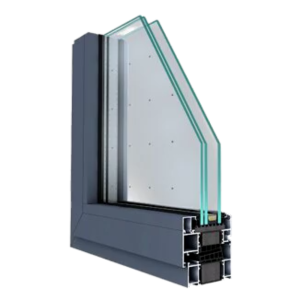
VIG Installations Made Simple
With thickness options ranging from just 6.15mm in single PassivGlas™ VIG to 28mm and beyond in PassivGlas™ Ultimate – featuring a thermally broken spacer and an additional glass lite for IGU-level insulation – our advanced vacuum glass seamlessly integrates into various domestic and commercial properties. It maximises natural light while ensuring superior energy efficiency and indoor comfort.

Triple Glazed Performance, Monolithic Form
Innovative Insulated Glass Solutions Tailored for Architects
Achieve the thermal efficiency of triple glazing without the bulk. PassivGlas™ offers superior insulation in a form factor equivalent to monolithic glass, providing architects with greater flexibility in design while adhering to strict energy efficiency requirements. PassivGlas™ VIG units deliver exceptional thermal (U-value as low as 0.49 W/m²K) and acoustic (Rw: 36 dB) performance in a slim profile starting from just 6.15 mm. This allows architects to maintain sleek designs and slim frames, preserving the integrity of their vision while meeting stringent energy standards.
Exceptional Thermal Insulation
Achieve U-values as low as 0.49 W/m²K to reduce heat loss and enhance year-round comfort.
Superior Acoustic Performance
A vacuum layer minimises sound transmission for a quieter indoor space. UKAS tested sound reduction of Rw 36 dB
Slim, Lightweight Design
With a thickness of just 6.15 mm, ideal for retrofits or new builds.
Guaranteed for 15 Years
Built for sustainability and reducing carbon footprints. Backed with a 15 year guarantee
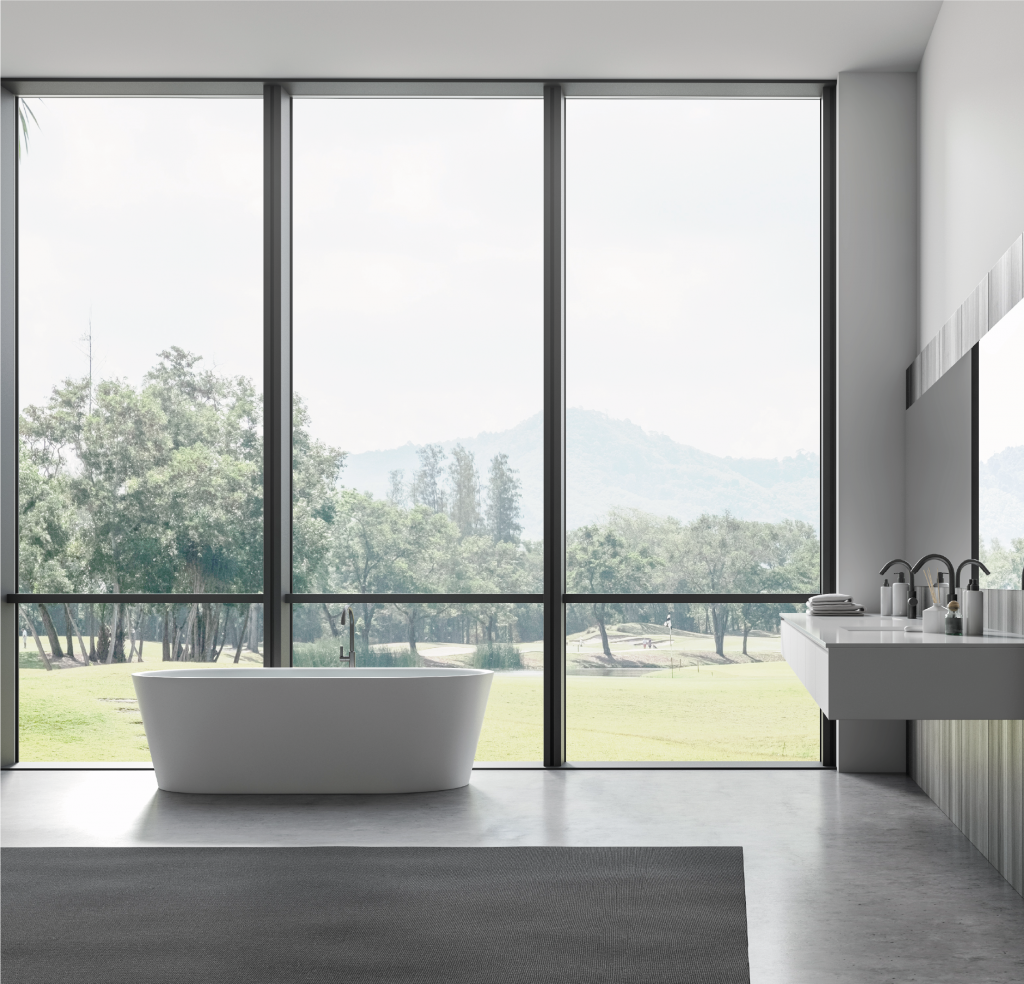
Light, Quiet, and Thermally Efficient by Design
PassivGlas™ for New Builds and Retrofits
PassivGlas™ delivers a trifecta of performance benefits that elevate indoor comfort and sustainability. With sound attenuation rated at Rw: 36 dB, our vacuum glazing significantly reduces urban noise, creating serene interior environments – even in the heart of bustling cities. Its high light transmission of up to 80% floods spaces with natural daylight, reducing reliance on artificial lighting. At the same time, superior thermal insulation at up to four times better than double glazing and more effective than traditional triple glazed units comes in profiles as slim as 6.15 mm. For projects with bespoke framing needs, hybrid units start from just 20 mm, offering flexibility without compromising performance.
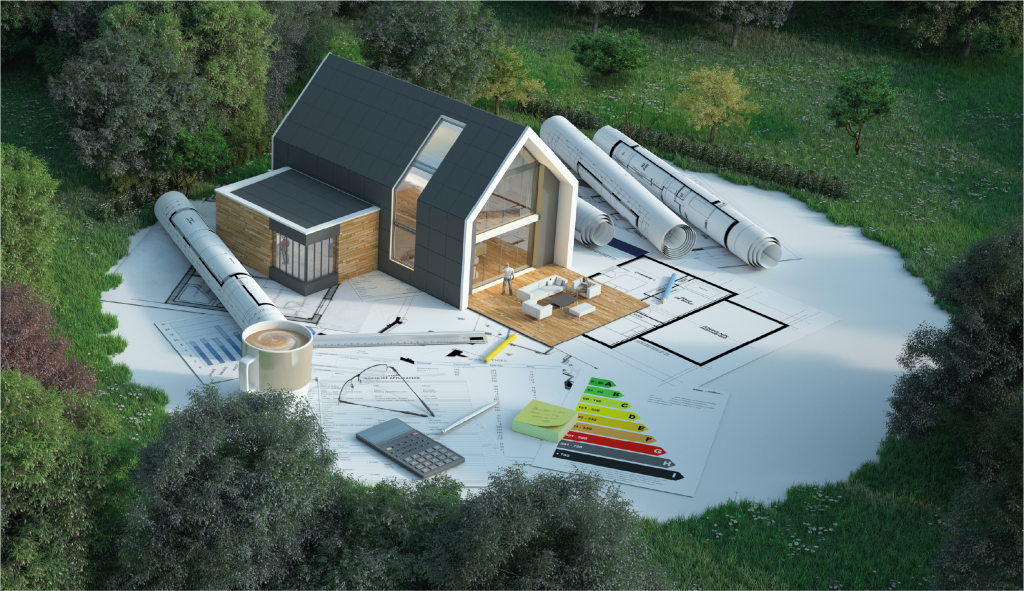
Building for Sustainability
By eliminating conductive and convective heat transfer with a vacuum gap of just 0.15 mm, PassivGlas™ dramatically enhances thermal efficiency. This leads to reduced energy consumption and lower CO₂ emissions—supporting architects in achieving high-performance, low-impact designs. Each unit features precision-engineered translucent micro pillars – just 0.3 mm in diameter – strategically placed between the glass panes to maintain the vacuum gap without obstructing clarity or appearance.

The Ideal Retrofit Solution
PassivGlas™ integrates seamlessly into existing frames – making it the smart choice for sustainable retrofit projects. Whether you’re modernising heritage buildings or upgrading contemporary spaces, our expert team collaborates with architects to deliver tailored solutions that meet carbon net zero goals.
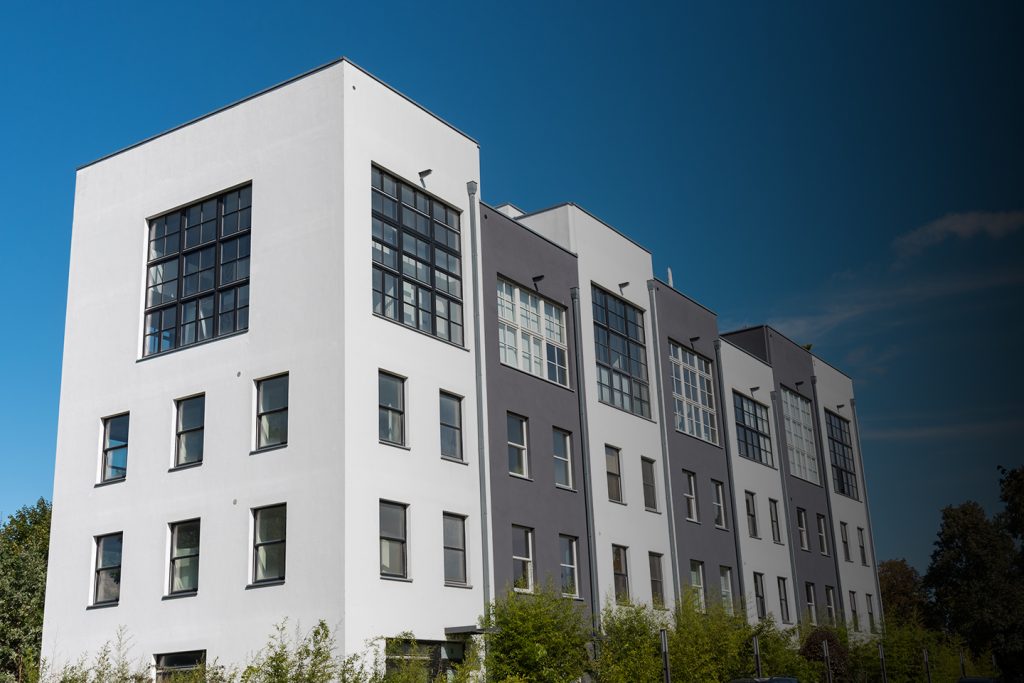
Future-Proofing New Builds
PassivGlas™ exceeds current building regulations including Parts E, L, and O and aligns with the UK’s Future Homes Standard, ensuring long-term compliance and sustainability. With a 15-year warranty on single VIG units and a life expectancy exceeding 25 years, our glazing solutions are designed for durability and enduring performance.
The combination of energy efficiency, aesthetic appeal, and ease of installation positions it as a leading choice for modern commercial architecture.
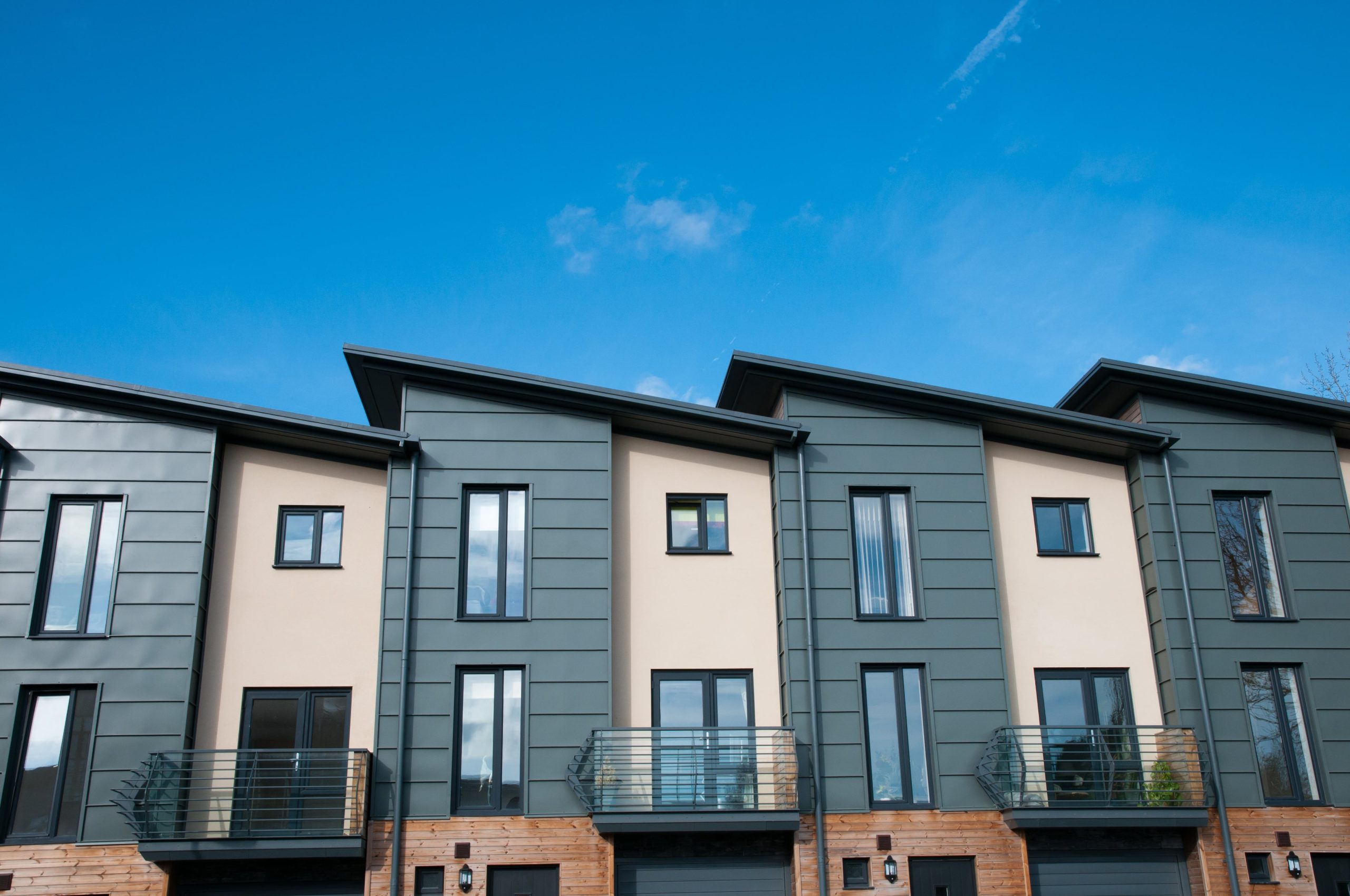
Key Points
Part E, Part L and Part O & Future Homes requirements.
Superior thermal insulation: Ug-Value from 0.49 W/m2K
UKAS tested sound reduction of Rw :36 dB
Slimline: from 6.15 mm thick
15-year warranty on Single VIG
High Light transmission of up to 80%
By integrating PassivGlas™ into your architectural projects, you embrace a solution that harmonizes advanced performance with design elegance, supporting a sustainable and comfortable built environment.
Frequently Asked Questions
What are vacuum units?
Vacuum Insulated Glazing or VIG is an advanced fenestration type of insulating unit. It consists of two glass panes, like a standard Insulating unit, but rather than the spacer bar and an air gap, VIG’s are separated by a micro vacuum gap, with a glass solder edge seal.
Are they fully tested?
Yes, they are tested to recognised industry standards:
Impact resistance: EN 12150-2 & ANSI Z97.1-37 & EN 12600 & BS356 (recently completed)
Weathering: EN1279-5 & ASTM E546/E2188/E2189
U-Value: ISO8301/EN12667 (Recently UKAS tested) & ASTM C518
Soundproof: ISO 10140-2 (Recently UKAS tested)
Do the standard units use coated glass?
Yes, all PassivGlas™ Linear units incorporate a Low-e single silver toughenable coating.
In order to meet the current Part O regulations, a Low-e double silver coating would be needed to meet the 70/40 requirements. Please check with VGN as to availability and MOQ for this product range.
What is the expected life?
Expected life on the unit is 25+ years due to there being no spacer bar to fail.
Will there be any condensation
Condensation is formed when the air temperature surrounding an object falls below the dew point and changes into a liquid
Internal:
Although condensation will not form on the internal surface of a VIG unit, Vacuum Glazing does not eradicate condensation from the room.
The warmer inner glass will potentially change the rooms cold point.
It is advisable to ensure all rooms have effective ventilation/circulation.
External:
Condensation may form on the external glass surface under certain conditions.
Generally, forms a grid around the micro-pillars.
Will disappear when the outside temperature warms with the morning sun.
It is an indication of how efficiently your windows are at reducing thermal loss.
Condensation between glasses:
An indication that the Vacuum has been lost.
Consult your supplier to confirm course of action.

